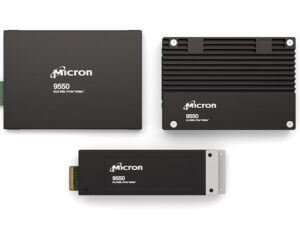### The Evolution of AI Upscaling in Gaming: Nvidia vs. Intel
#### From Humble Beginnings to Technological Titans
The Big Picture: Let’s dial it back to 2019, when Nvidia’s DLSS stepped into the spotlight, only to be met with skepticism by analysts. Fast forward five years, and we’ve watched DLSS morph through numerous updates, growing stronger and slicker by the day. Meanwhile, Intel threw its hat in the ring with XeSS, landing on its feet more gracefully than DLSS did at its debut. But that’s not where the story ends. Intel has been on its toes, rolling out enhancements to elevate gaming performance and visual fidelity.
#### Intel’s Latest Power Move: XeSS 1.3
Enter Intel’s freshest update, XeSS 1.3, a game-changer aimed at upping the ante in the battle of AI upscaling technologies. This version spices things up by tweaking render scales and introducing new presets, one of which mirrors Nvidia’s DLAA, focusing on native resolution.
Imagine unraveling the intricate details of ‘Like A Dragon: Ishin’ with improved performance, crisper image reconstruction, more effective anti-aliasing, and minimized ghosting for a stable visual feast. Gone are the days of visual glitches that haunted earlier versions, thanks to version 1.3’s meticulous refinement.
#### A Deep Dive into the Technical Marvel of XeSS 1.3
Now let’s dissect XeSS 1.3’s most striking revolution: its departure from the previously shared render scale with DLSS and FSR. What we’re seeing is a strategic recalibration where what was once tagged as the performance mode is now the new balance mode, elevating other presets and taking a confident leap in image quality. The 4K performance mode, for instance, has shifted gears from rendering at 1080p down to a sharper 900p.
The update rolls out two groundbreaking modes alongside native anti-aliasing: Ultra Quality Plus and Ultra Performance. The former slims down pixel count for a performance boost, while the latter stretches from a fraction of the output resolution, perfect for the visually rich landscapes of 4K or even challenging the boundaries of 8K gaming.
#### But Wait, There’s More!
Despite Intel’s promising strides with XeSS 1.3, we’re left yearning for the side-by-side screenshot comparisons, especially crucial since these enhancements are expected to minimize artifacts that could otherwise glare back at us from our screens. Plus, how these advancements translate into 4K gaming could potentially redefine expectations.
Intel’s performance claims hint at modest to substantial framerate improvements across a range of titles. Yet, a critical piece of the puzzle is missing as none of the showcased games officially support XeSS 1.3. This raises the question: will users be able to manually weave this tech into their existing game libraries as they can with Nvidia’s DLSS?
#### Reflecting on the Competitive Edge
Intel isn’t just playing catch-up; it’s pushing boundaries. Recording an average 10 percent performance uplift with XeSS 1.3 over its precedents and a notable jump in titles like Diablo IV, Intel is carving its niche. More intriguing, however, is its impact on integrated graphics, showcasing an approximate 8 percent boost in game performance, shining a light on Intel’s strategic edge in upscaling tech.
So, as we stand on the brink of these AI-driven advancements in gaming, one can’t help but be riveted by the journey and what lies ahead. Nvidia and Intel are not just reshaping the gaming landscape; they are redefining the very pixels we immerse ourselves in. Welcome to the future of gaming, where every frame is a battleground for brilliance.




